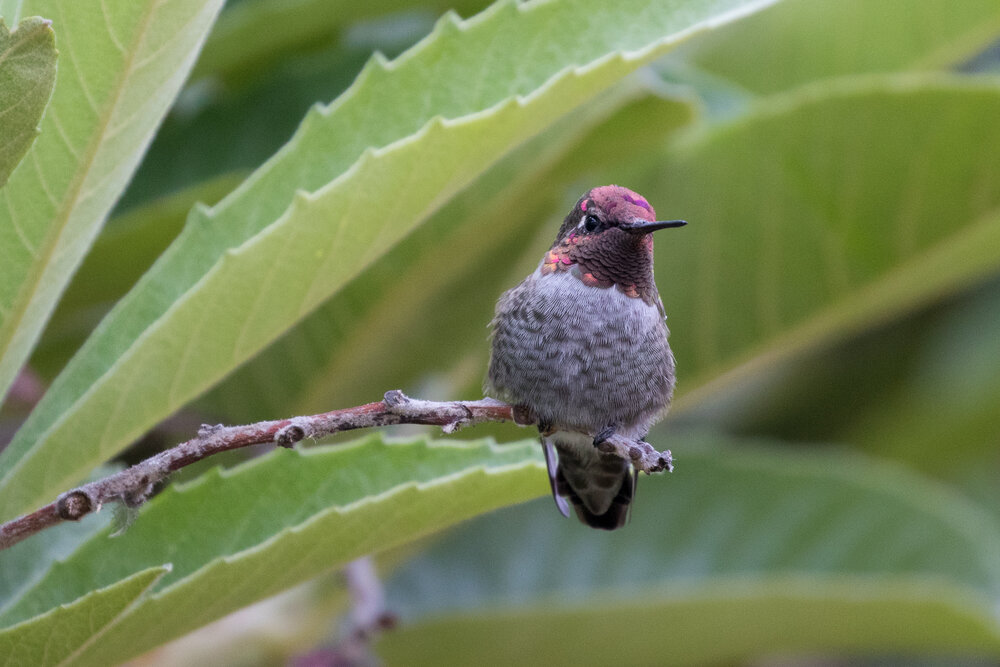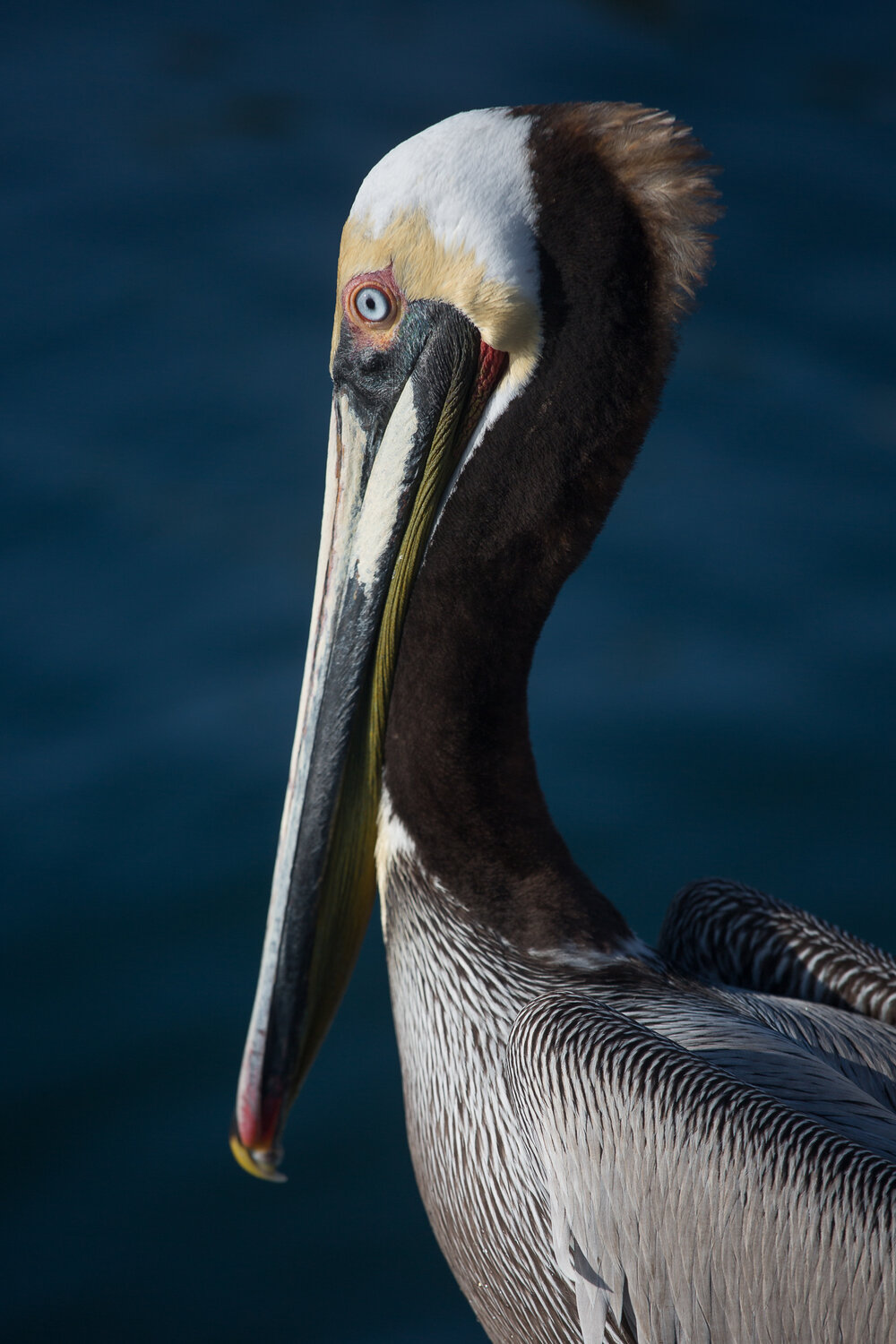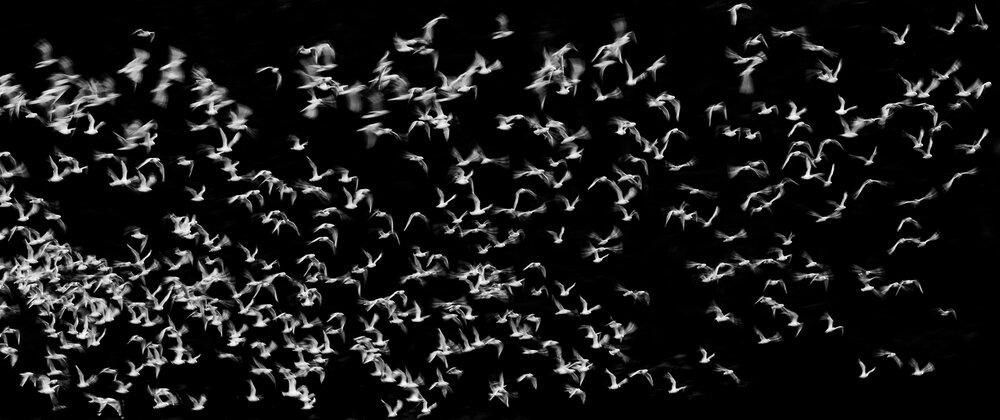Welcome to our Weekly Assignment blog! We know that being stuck near home is frustrating, but it can also be a great time to build your photography skills. We’re here to help! Each week we’ll give you an instructional post and a social distancing friendly “assignment” to complete. We’ll then offer commentary and critique on images posted in our Facebook group Muench University (if you can’t get out, you can also post past images that match the theme). Ready to get started?
Assignment #1: Birds in your Community
Every community has birds, and it’s not tough to find them. While your local birds may not be the most exotic, they still represent a great opportunity for practicing your photography. Even common birds exhibit interesting behaviors! Challenge yourself with some bird-in-flight photography, tell a story of a bird in its environment, or get creative with an abstract shot. We guarantee it’ll build skills for when that once-in-a-lifetime opportunity shows up on your next workshop, and you may just fall in love with birdwatching! See the complete blog post below for more tips.

Hummingbirds tend to be pretty fearless, and often allow a relatively close approach. Visit parks or botanical gardens with spring flowers, or set up a feeder in your backyard.
Locating Birds in Your Community
The first step to photographing birds is knowing where to locate them. You might start researching birds in your area by consulting with local birding clubs, looking for local birding groups on social media, Googling “best birding” for your area, or consulting a guidebook or eBird. The Audubon Society may also have some information for your area. All of these sources will be helpful in figuring out which species you might see locally, and their behavior, range, and migration patterns. Fortunately, birds are present in nearly every community—look for parks, open spaces, and around bodies of water to start.
Approaching Birds
The majority of birds are most active in the early morning and towards dusk. These are therefore the best times to find birds and to capture interesting behaviors such as feeding and caring for young. Birds have excellent vision and distinct “comfort zones” so they can be difficult to approach closely. Be patient! Practice with birds who are less shy, or more accustomed to having humans nearby. Wear neutral-colored clothing, avoid sudden movement, stay quiet (think voices, cell phones, camera shutter), don’t stare directly at the bird, and pay attention to the bird’s response to your approach. If it looks directly at you, stop and wait.
For skittish birds, you may wish to consider using a blind. Check if there are already blinds set up in your community at popular birding spots, buy a simple one online, or use your car. You might also try attracting birds to your yard with feeders or natural features. We’ll be posting more in the future on backyard setups for bird photography.

Longer lenses allow for bird portraits, especially of larger birds. Remember, though, this isn’t the only composition possible!
Tools for Bird Photography
While there are many expensive pieces of equipment available for bird photography, you don’t need to spend a lot to get started. Although any modern digital camera with interchangeable lenses will do, for best results look for a frame rate of at least 5fps, a high buffering capability, and fast autofocus (most important). Most bird photography will require a long lens (100-400mm zoom or similar, or 400mm or greater primes), but there are a variety of affordable options from retailers such as Tamron and Sigma to go with most camera bodies. You may also consider renting that longer lens you’ve been wanting to try. Just remember that larger prime lenses will require you to use a sturdy tripod as well. A teleconverter (1.4x, or 2x for prime lenses) can extend your range even further. And don’t forget memory cards—look for a high write speed so you can keep shooting quickly.
Don’t forget, too, that not every bird image is improved by zooming in tighter. Birds can be photographed in the context of their environment using shorter lenses. And it’s ok to have to crop a little later!
Techniques and Settings for Bird Photography
Get to know your camera well. With bird photography, action can happen quickly and unexpectedly, and you don’t want to miss an opportunity. Practice on common birds so when a rare one comes along, or a rare behavior happens, you are prepared.
Learn your subject’s behavior patterns, so you can better predict when action will happen. For example, many birds will poop just before takeoff! Again, patience is key here. You may need to wait a while for the bird to relax and show you some behaviors.

Capturing sharply focused birds in flight takes practice, but the right settings can help.
Although the ideal camera settings will vary in different situations, here are some guidelines.
For birds that are perched or otherwise still:
-
Aperture priority works well. Most birds look best when isolated somewhat from leaves and other background noise, so you’ll want to shoot with your aperture pretty wide open.
-
If possible, focus on the near eye of the bird using a single-point focus.
For birds in flight or exhibiting other quick behaviors:
-
Aperture priority may still work. You’ll need to make sure that your shutter speed remains high enough—1/2000 of a second is a good rule of thumb—since you can’t fix unintentional motion blur in post-processing.
-
Alternatively, you may wish to shoot in manual mode with Auto ISO set to an upper limit of 1600 to 3200 (or possibly higher if your camera has superb high ISO performance). This allows you to set both a large aperture and a fast shutter speed, while the camera varies the ISO to allow for correct exposure.
-
Focus can be a challenge for birds in flight, and this is where advanced autofocus capability in your camera is a huge advantage. Depending on the size of the bird and the complexity of the background, try multiple focusing areas—a 9 point focus area or similar is generally a good start. Set your focusing mode to Continuous.
-
If you are having trouble finding the bird through the viewfinder, try pre-focusing on something at a comparable distance away, then coming back to the bird.

Once you’ve mastered the techniques for bird photography, you can start getting creative. Here a slower shutter speed allows for motion blur in a flock of gulls against dark trees.
Remember that birds are typically small and distant, and the background may comprise a large part of your image. You may need to use some exposure compensation if the bird is against a bright sky (positive) or dark trees (negative). Keep an eye on your histogram, and remember you may not get every exposure perfect, especially if the background changes rapidly between dark and light as a bird flies. Setting your camera to entirely manual exposure settings may be the only solution in this situation.
Bird photography is challenging and so don’t be afraid to make mistakes. Keep practicing! Shoot and then review your images to see how you can improve next time.
Happy Shooting!
– Lisa LaPointe
